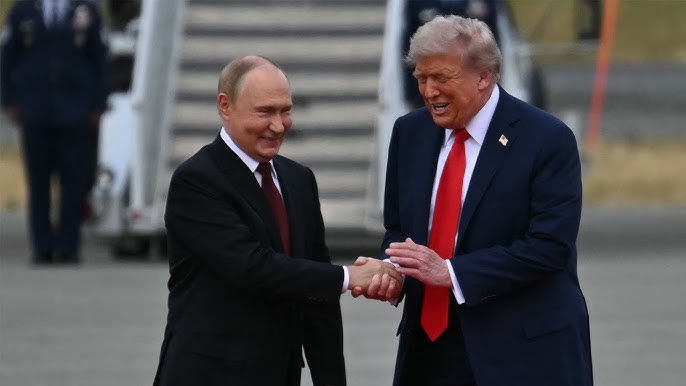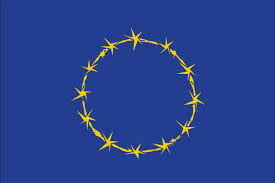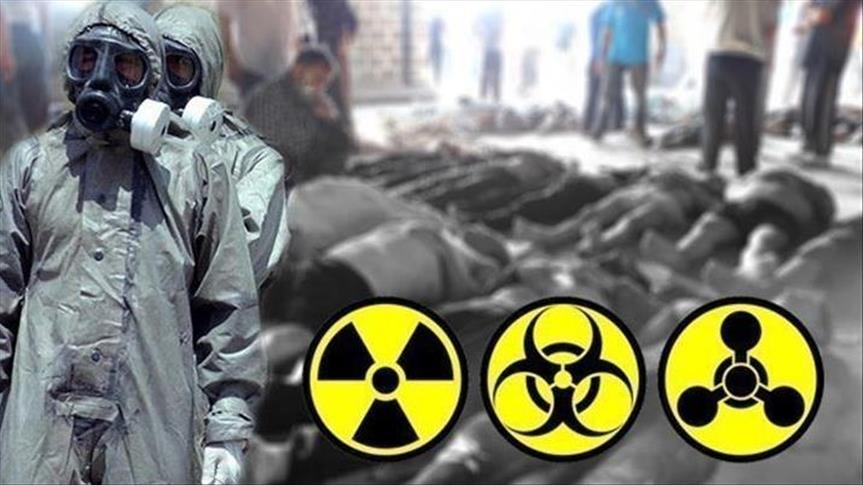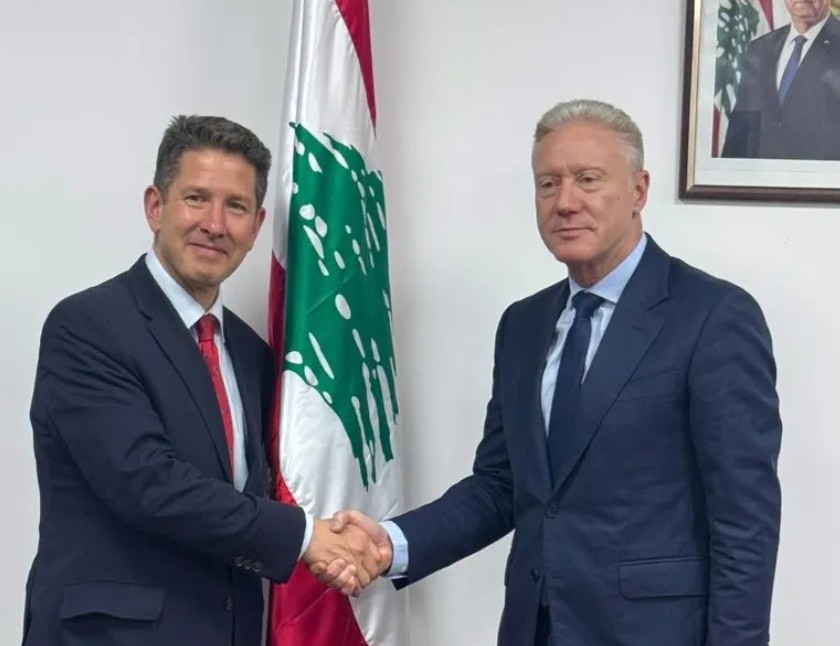Divide and Misrule: How Israel, Iran, and the Assads Weaponized and Exploited the Palestinian Cause

As Syria embraces hard-won freedom after almost 14 years of revolution and war and over half a century of tyranny, both Israel and Iran are increasingly focused on the same objective: to undermine the new government and weaken Syrian unity. Popular at home and abroad, and prioritizing national unity and progress over foreign entanglements, the new Syrian leadership threatens both regional powers’ ability to manipulate Syria’s internal factions and pursue their strategy of fracturing Syrian society, inflaming sectarian or ethnic identities, and keeping Syria too divided to govern or resist.
Nowhere have the contradictions of these two sworn enemies — and regional behemoths — been more exposed than in Syria, where Israel has claimed to stand for security and sovereignty, and Iran and the Assad regime have long postured as champions of Palestinian liberation — while all three have actively undermined every one of those ideals. Their treatment of the Palestinian cause in particular has revealed how hollow their rhetoric really is — reducing Palestine either to a prison or to a tool of repression, fragmentation, or control.
The case of Iran and its Palestinian proxies makes the pattern clear.
The new Syrian government has now begun cracking down on those Palestinian factions aligned with Tehran which operated for years as parallel security arms of the Assad regime and remain loyal to Iran rather than to Syria or Palestine. While these groups — including the PFLP–General Command, Fatah al-Intifada, and the Saiqa Movement — claim to represent Palestinian interests, in practice, they serve Iran’s regional agenda far more than any vision of Palestinian liberation, as most Palestinians are well aware.
Syrian-Palestinians, who know these factions’ cynical exploitation all too well, are also demanding full investigations into their roles in war crimes; the Assad-affiliated groups played central roles in the siege of Yarmouk Camp, where they worked alongside regime forces to prevent humanitarian aid from entering, leading to widespread deaths by starvation — largely among children and the elderly. They also helped arrest, torture, and disappear Palestinians who supported the Syrian revolution.
For Iran’s regime, which has claimed the ‘Palestinian resistance’ mantle since its inception in 1979 — from Quds Day rallies to flag-burnings — this is performative business as usual. But the optics are failing. Iran’s ‘resistance axis’ increasingly looks like what it is: a regional influence network dressed up as liberation politics, using Palestinian proxies created to serve Tehran’s rather than Palestinians’ interests.
The Assad Playbook: Generations of Betrayal
This betrayal didn’t begin with Bashar. His father, Hafez al-Assad, shelled Palestinian camps in Lebanon in the 1970s — most infamously Tel al-Zaatar, where thousands were massacred. The elder Assad used Palestinian loyalty as a litmus test — fall in line, or be eliminated — even while insisting that Palestine doesn’t actually exist, being simply a province in Greater Syria.
Assad the Younger merely adapted the playbook to a new era, leveraging Iran’s backing and a web of proxy militias. The Palestinian cause became a hollow brand — invoked to justify violence, but never to support actual freedom.
Israel’s Strategy: Fragment to Control
On the other side of the chessboard, Israel has followed its own pattern of divide-and-rule — exploiting Syria’s sectarian cracks for strategic depth. In an interview with Al Arabiya broadcast on Friday, Lebanese Druze leader Walid Jumblatt warned of Israeli efforts to co-opt Syria’s Druze, saying that Israel is attempting “to turn them into a tool to tear apart Syria’s social fabric.”
It’s an old tactic. Jumblatt noted similar Zionist attempts in the 1920s and 30s to displace Druze from Jabal al-Arab, laying early groundwork for sectarian fragmentation, with Tel Aviv using a similar strategy to divide Palestinian and Syrian Druze in the occupied Golan from their non-Druze brethren, cultivating support by feigning solidarity with a historically marginalized group — while exploiting that marginalization for geopolitical gain. Israel’s support for Kurdish separatists in the northeast fits the same mold and uses the same tactics: back the marginalized, but only insofar as doing so weakens unified resistance — particularly any alignment with Palestinian aspirations.
Digital Sectarianism: The New Frontline
If the battlefield isn’t physical, it’s virtual. A BBC investigation revealed coordinated digital campaigns aimed at stoking sectarian division among Syrians. These operations, run from countries including Russia, Egypt, and the UAE, aligned with both Iranian and Israeli interests. Researcher Ruslan Trad noted that the goal was to "tear Syrian society apart" and encourage decentralization — a euphemism for fragmentation.
The digital war, like the ground war, has used Palestinian identity as a tool — not for solidarity, but for manipulation.
Post-Assad Syria — and the Desperation to Disrupt
Now, with Assad’s fall in December 2024 and a government taking shape that is broadly supported by Syrians and committed to rebuilding state institutions, both Iran and Israel have escalated efforts to destabilize that process. Iran continues to fund militias and weaponize proxies inside Syria. Israel has intensified its outreach to sectarian minorities and launched calculated strikes under the cover of "self-defense," even when those strikes target Syria’s own attempts to restore national control.
The playbook is familiar — and it’s not confined to Syria. Just this week, Israeli Prime Minister Benjamin Netanyahu admitted that Israel had backed armed Palestinian gangs in Gaza to further undermine Hamas. The tactic? Fracture Palestinian society from within to weaken any unified resistance. Netanyahu's use of Palestinian gangs in Gaza is a mirror image of how Iran and Assad used Palestinian militias in Syria — creating and exploiting rifts to sow division and intensify control and repression.
This new phase of sabotage is taking place while Israel continues with genocide in Gaza. Since October 2023, at least 54,000 Palestinians have been killed, with thousands more still uncounted under the rubble. Against that backdrop, the hypocrisy of those claiming to stand for Palestinian freedom — while trampling it in Syria or annihilating it in Gaza — has never been more grotesque.
Resistance in Name Only
For decades, Iran, Israel, and the Assad regime invoked Palestine as justification, shield, and symbol. In reality, they treated it as a strategic asset — to be used, divided, and discarded. If Syria is a case study in how regional powers claim the moral high ground while digging political graves, then the way the Palestinian struggle was invoked and exploited by oppressors in Syria is the most damning footnote — and a warning of what happens when liberation is reduced to a slogan instead of a cause.
By Ruth Riegler
Artwork by Ali Ferzat










